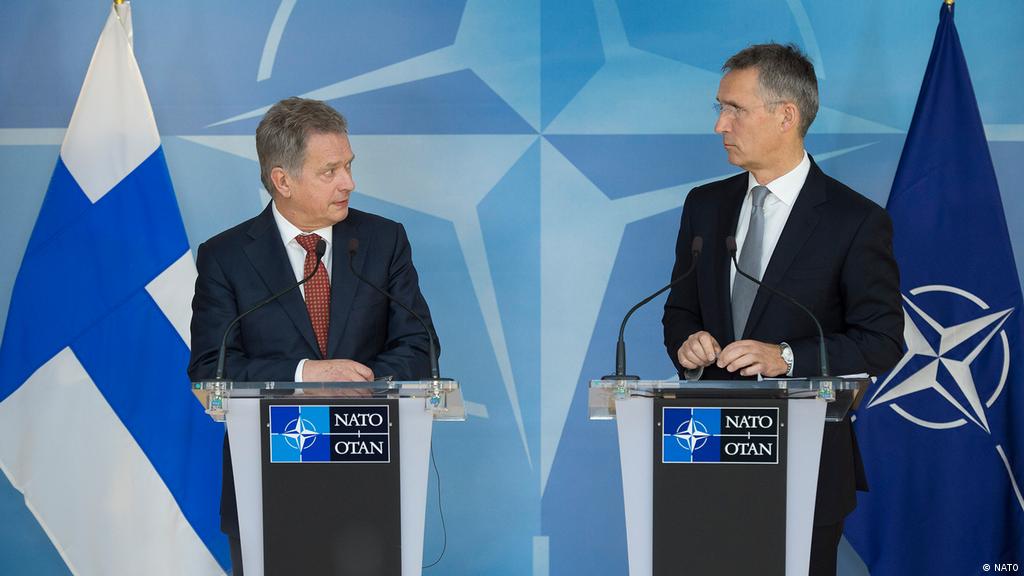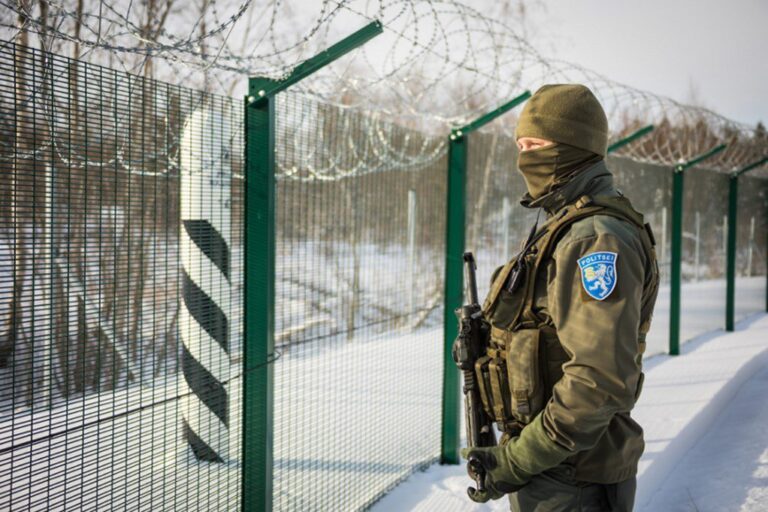By declaring the Baltic Sea and the Narva River as Russia’s internal waters, Moscow is
apparently preparing to unilaterally redraw its borders with the Baltic and Scandinavian
countries. There is a high probability that the Kremlin will turn to the Sea of Azov and the
Kerch Strait scenario starting from 2014. As an ultimate result, Moscow seized control
over the Sea of Azov and made it as the part of its internal waters.
The Estonian Border Agency reported that on the night of May 23 Russia removed 24 of the 50
navigation buoys placed on the Narva River to delimit the territorial waters of the two countries.
The border marking is annually revised due to changes of the riverbed, but since 2023 Russia
has not agreed with the Estonian positions regarding the placement of the buoys. This year
Estonia decided to install floating signs for the summer season according to the 2022
agreement in order to avoid navigational errors.
‘Russia is using border-related issues as a tool to cause fear and anxiety in the Baltic region’,
Estonian Prime Minister Kaja Kallas said.
The Russian-Estonian border stretches for more than 300 km, partly it goes along the Narva
River and Lake Peipus. The Narva has its source at the northeastern end of the lake and flows
into the Gulf of Finland, its length is 77 km. The Narva is the river where the towns of Narva on
the Estonian side and Ivangorod on the Russian bank are located.
On May 21, the Russian Ministry of Defense announced that the coordinates of Russia’s
mainland coast and islands in the Baltic Sea approved in 1985 should be updated, ‘The existing
sea border does not correspond to the ‘geographical situation’. The Ministry of Defense
proposed to establish a system of straight baselines in the eastern part of the Gulf of Finland,
and in the area of Baltiysk and Zelenogradsk as well. We estimate that it will change the state
border in the Baltic Sea basin and will allow Moscow using it as internal sea waters.
Thus, we believe that the situation in the region duplicates Russia’s strategy to seize Crimea
and the Sea of Azov. That plan started with attempts to move the border at Tuzla Island in 2003
due to a dam construction. The next marker, as we assume, should be an armed clash as the
2018 Kerch Strait scenario shows. At that moment, having unilaterally changed the border
following the military-supported annexation of Crimea, the Russians seized a group of Ukrainian
ships forwarding to Mariupol from Odessa.
In summary, we are convinced that the Kremlin’s actions in the Baltic region are no more than
provocative behavior to escalate the conflict with the West. Obviously, in this manner Moscow is
raising the stakes by pressing on the NATO countries militarily and demonstrating its readiness
for the confrontation. In its turn, these events should create psychological pressure on the
NATO countries’ leaders and force them to make geopolitical concessions to Russia.

More on this story: Alarms that should turn Sweden and Finland to NATO




